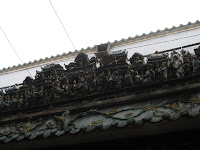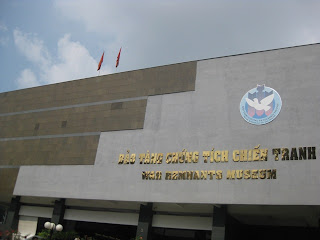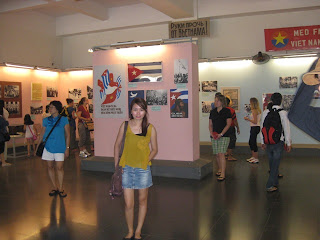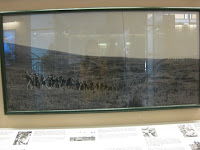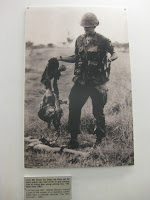The Lord has been so good and faithful, I just cant describe how thankful I am for everything that He has done and continually doing in my life, it such a humbling experience.
To wrap up my 2011, here's a short summary of my 2011 adventure :
* Sinulog Festival in Cebu
* UP Fair
* Puerto Princesa, Palawan trip
* Ice Skating at MOA (what a kid in me)
* Boxing moments in VisMin (Cebu, Bacolod, Iloilo, Zamboanga, Davao)
* Cobra Ironman in CamSur
* Cobra Dragon Boat Regatta and Tampa Bay events
* VCF (such a blessing! Thank you Aris)
* VGroup
* Vietnam Trip
* Great people I've met and spent my time with from all around the world
I look forward to seeing greater and bigger things this 2012.
Praying to hear the sweeter song and seeing the beautiful side of love. ♥
Happy New year to all!























